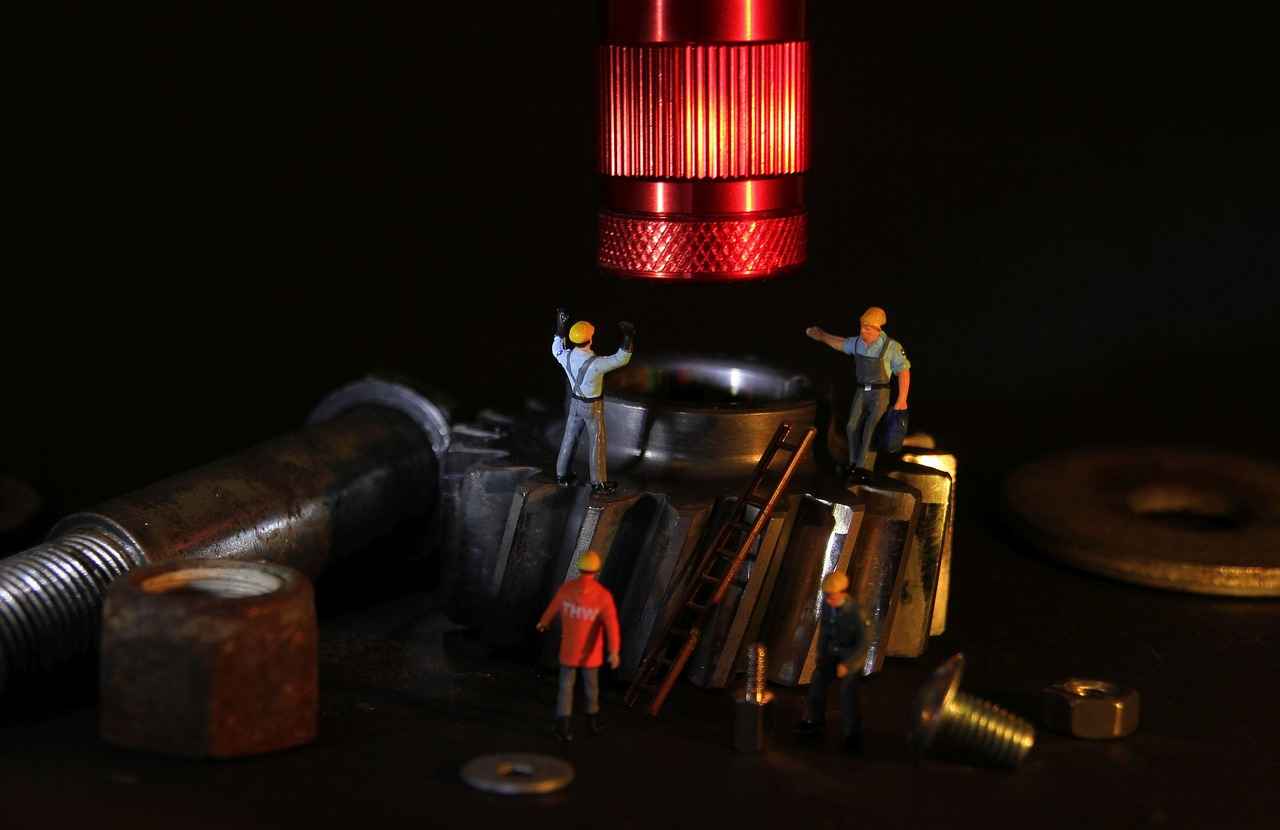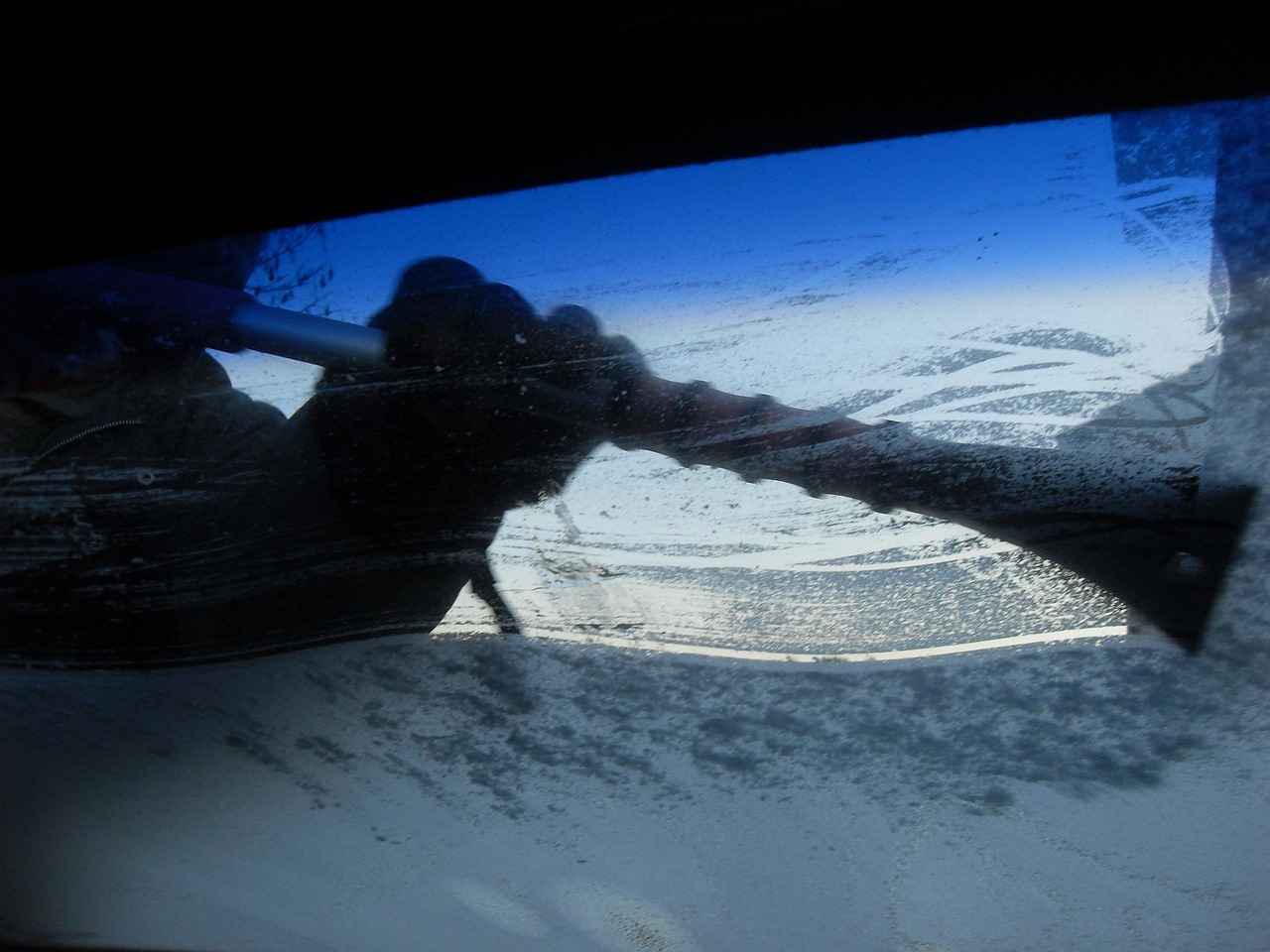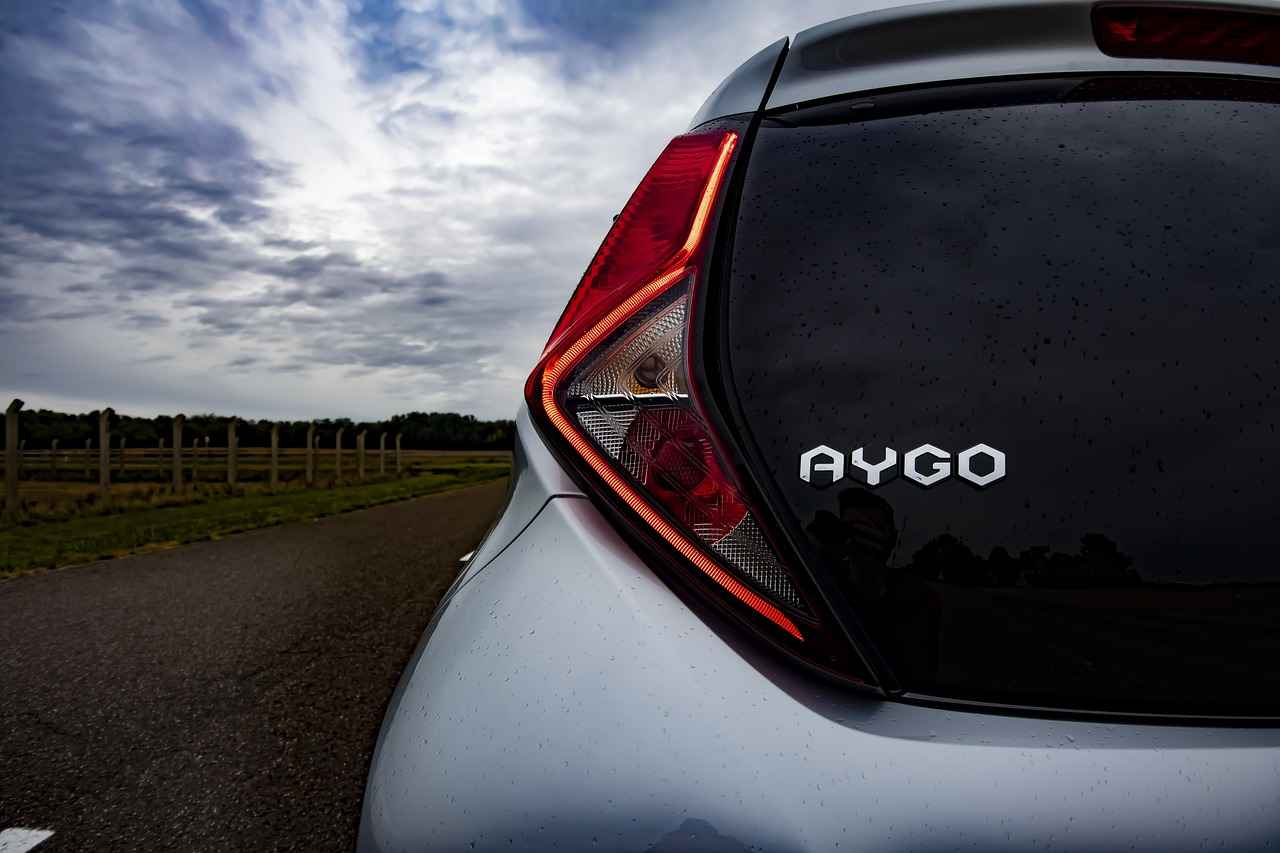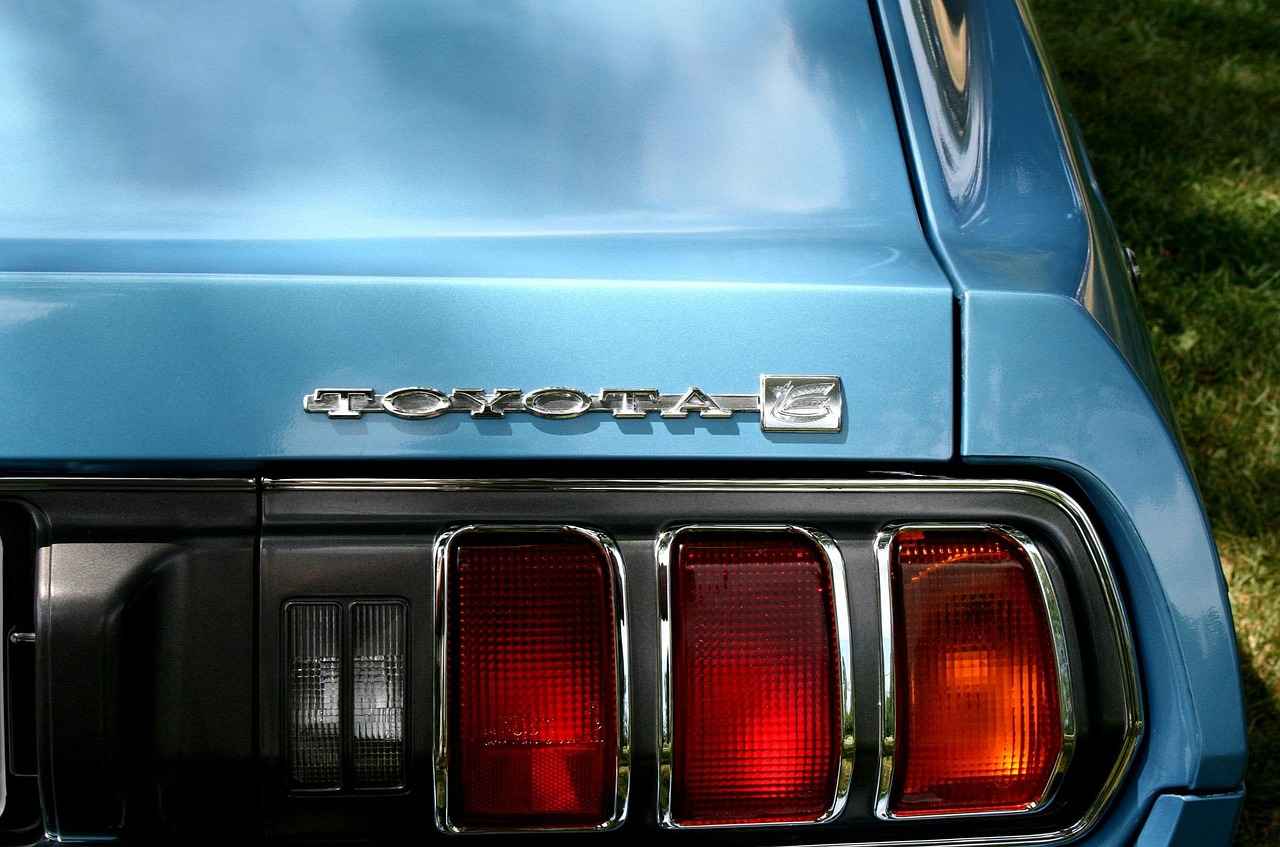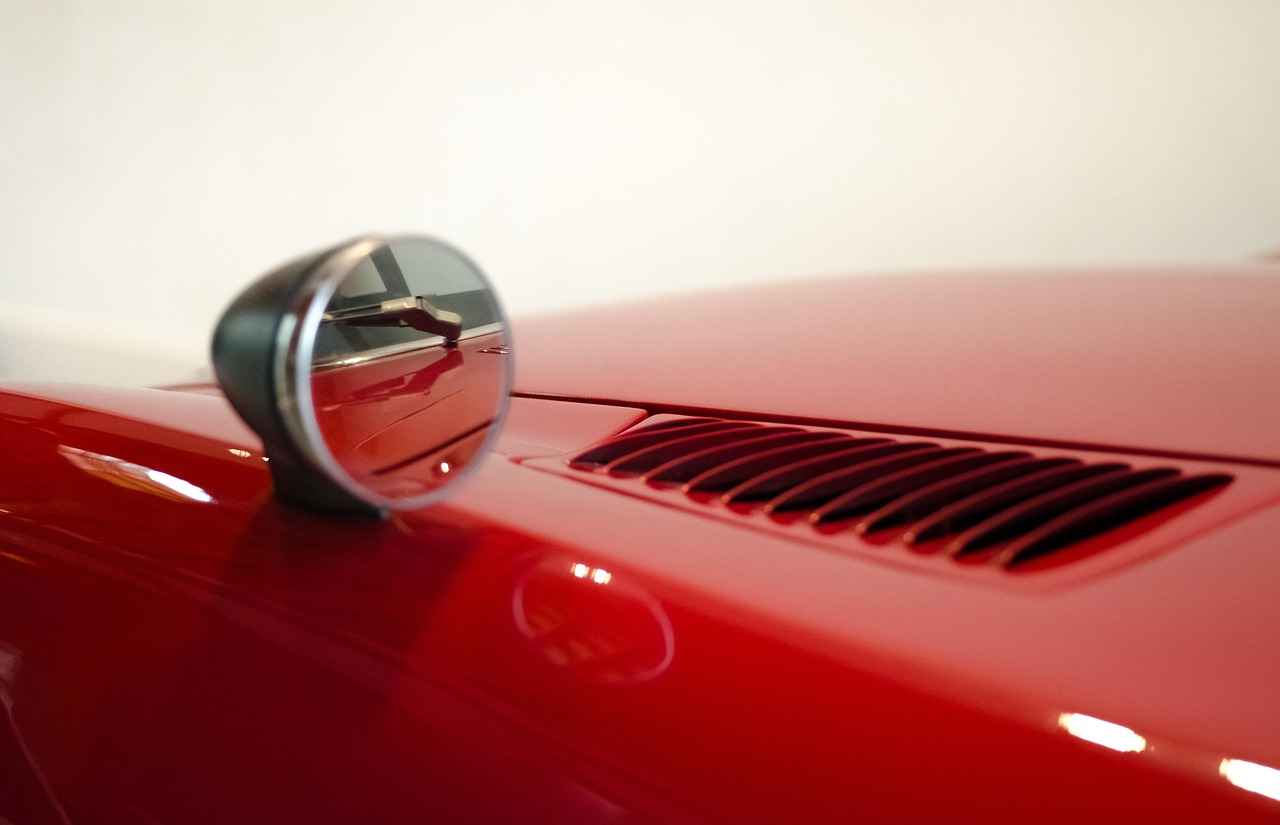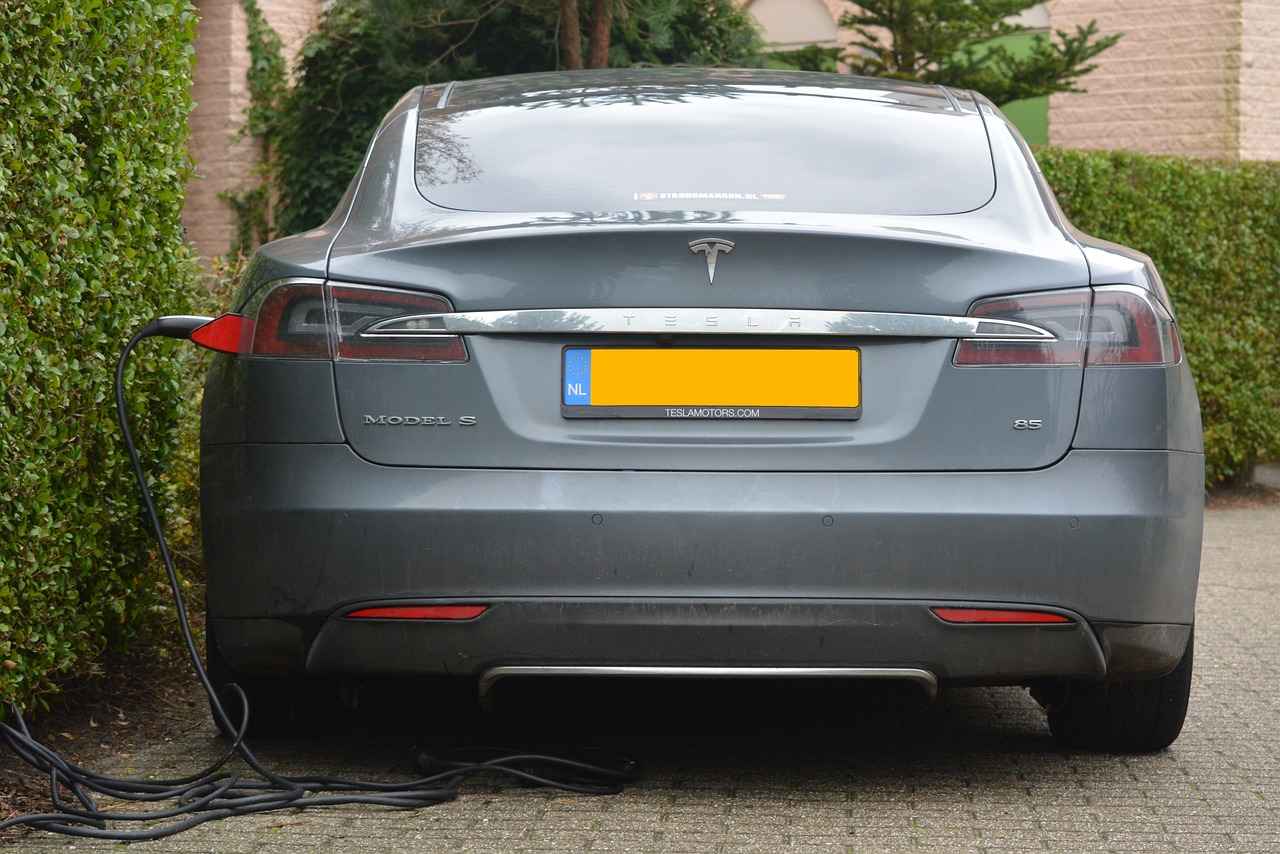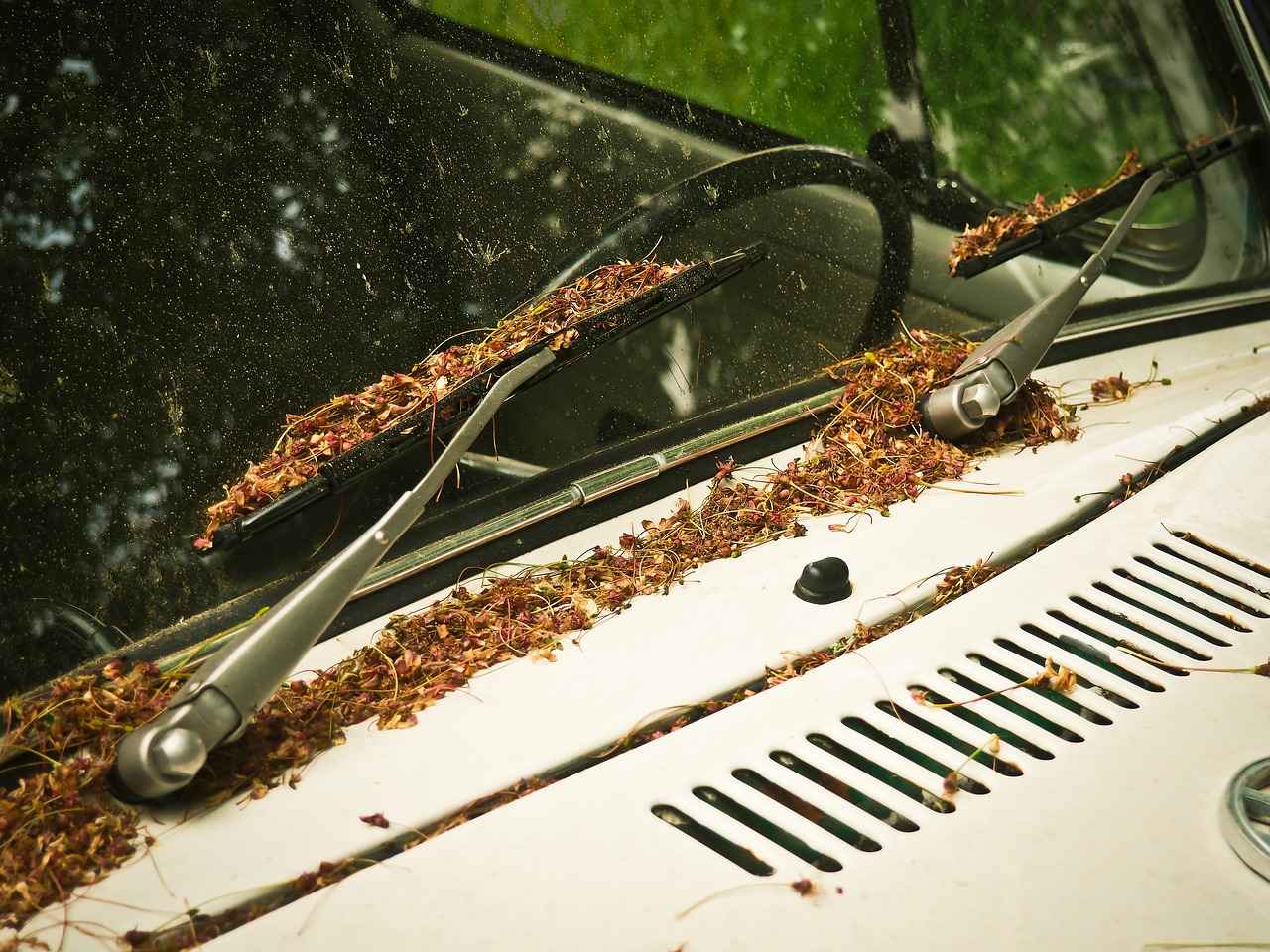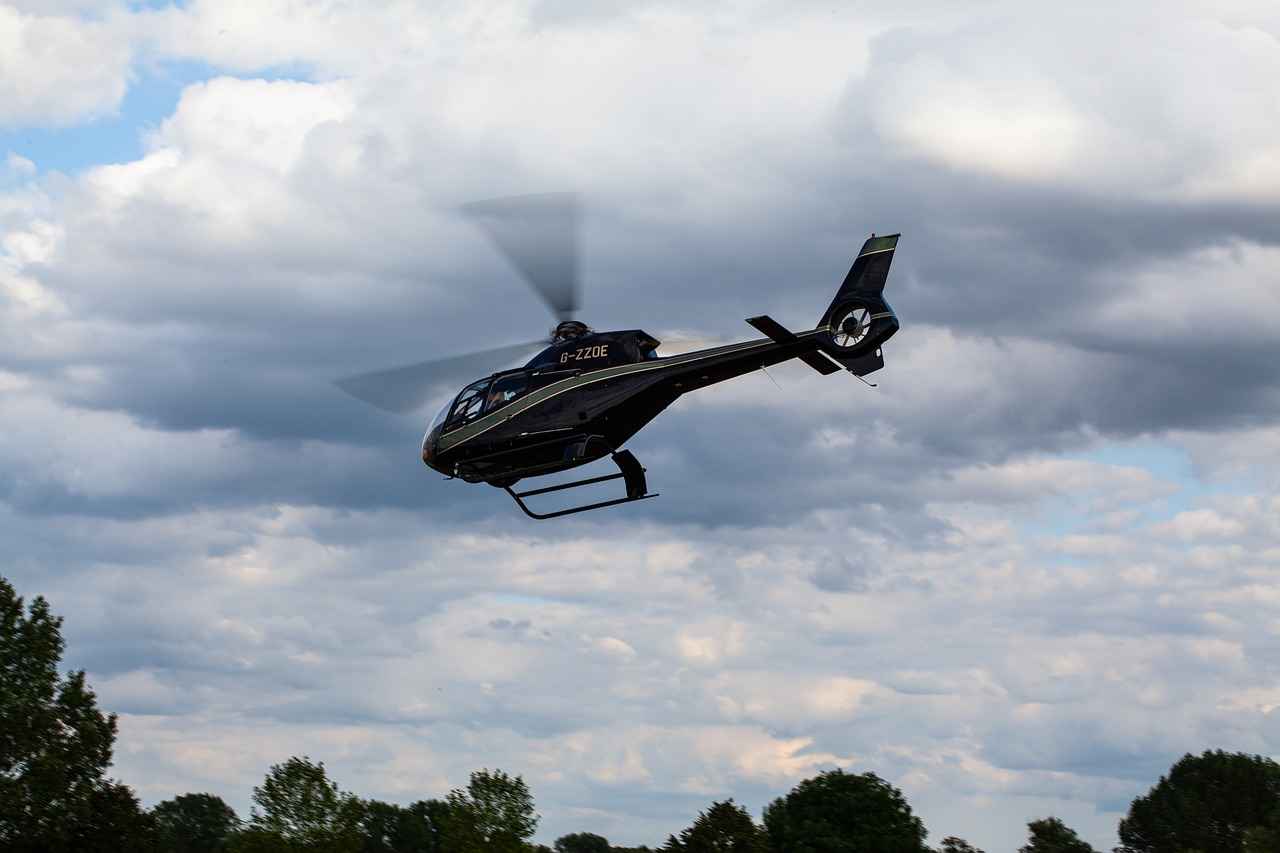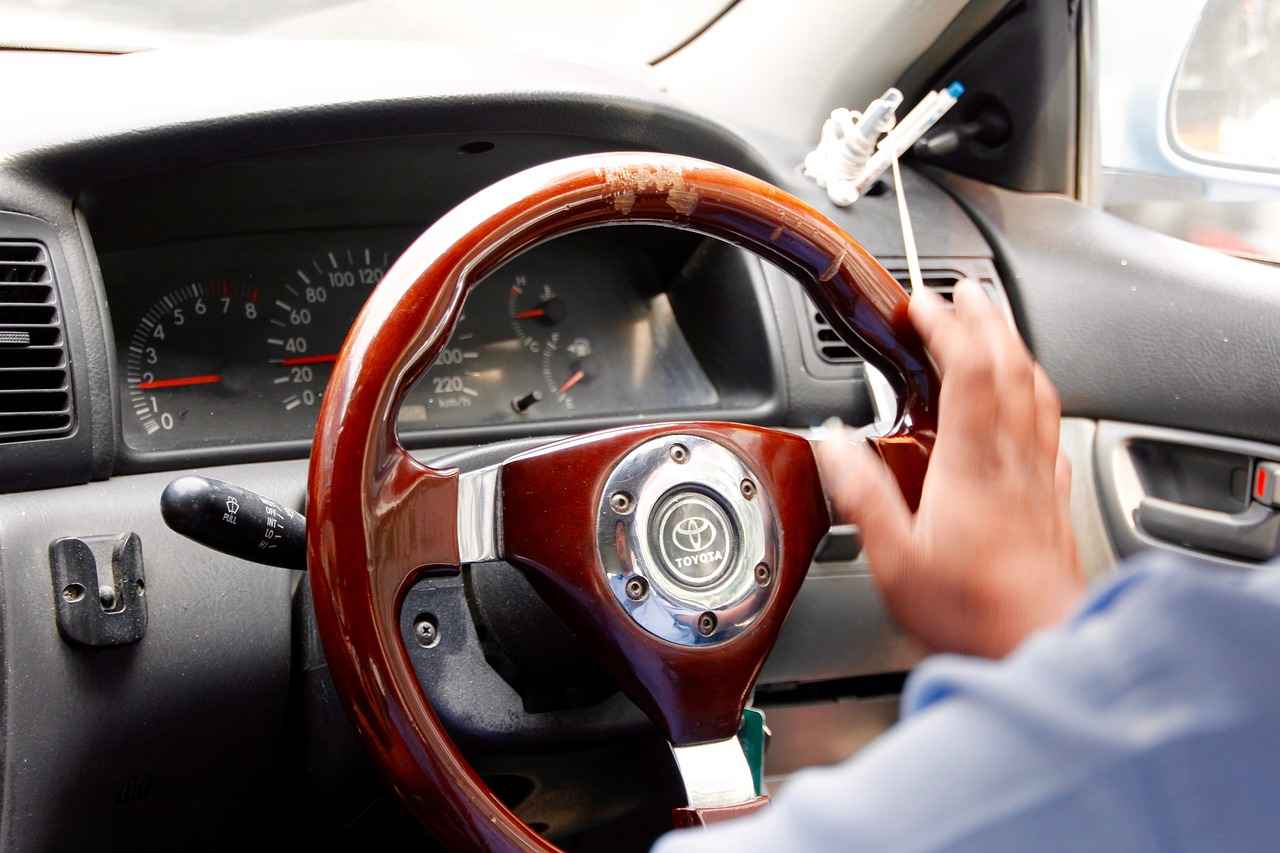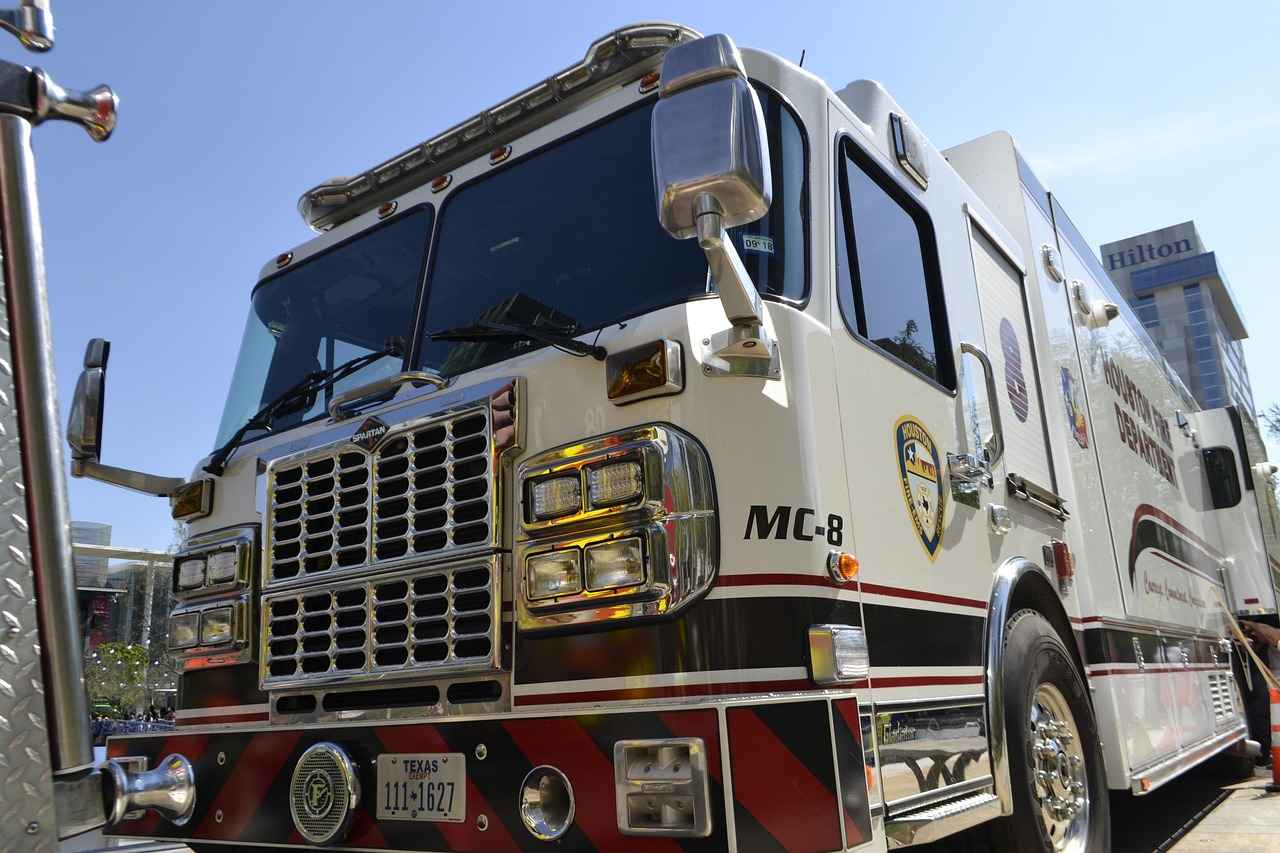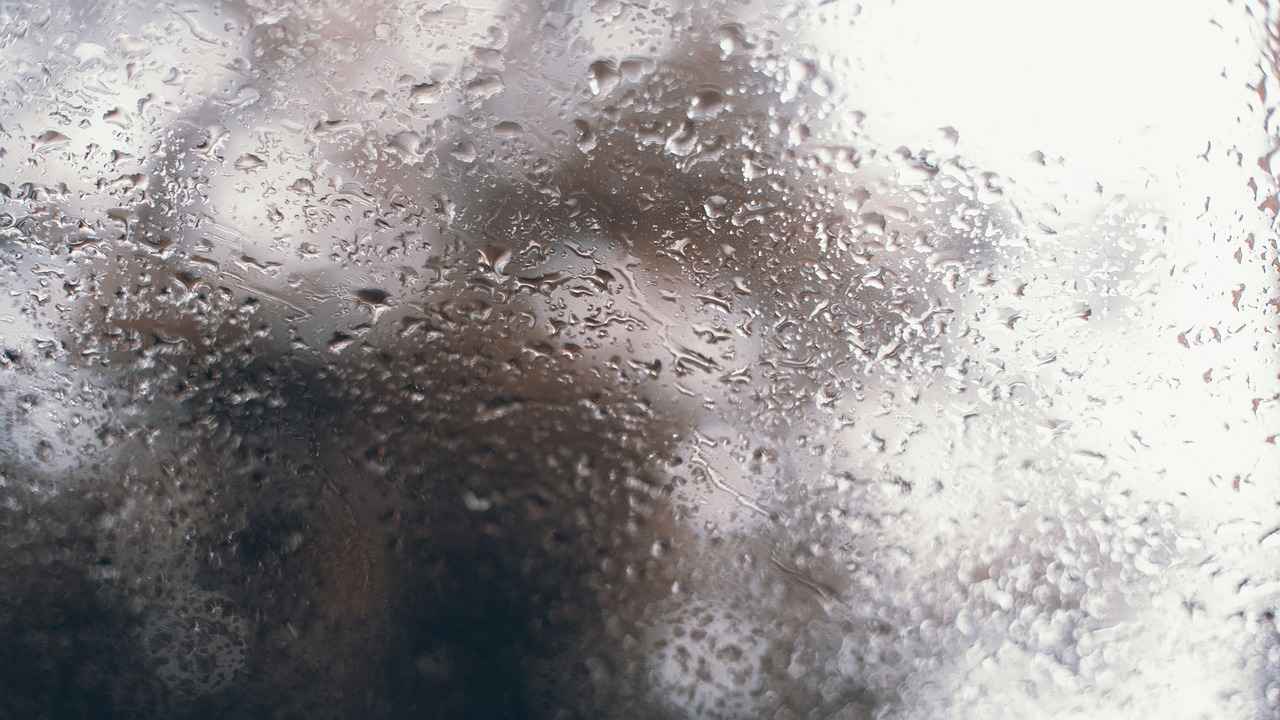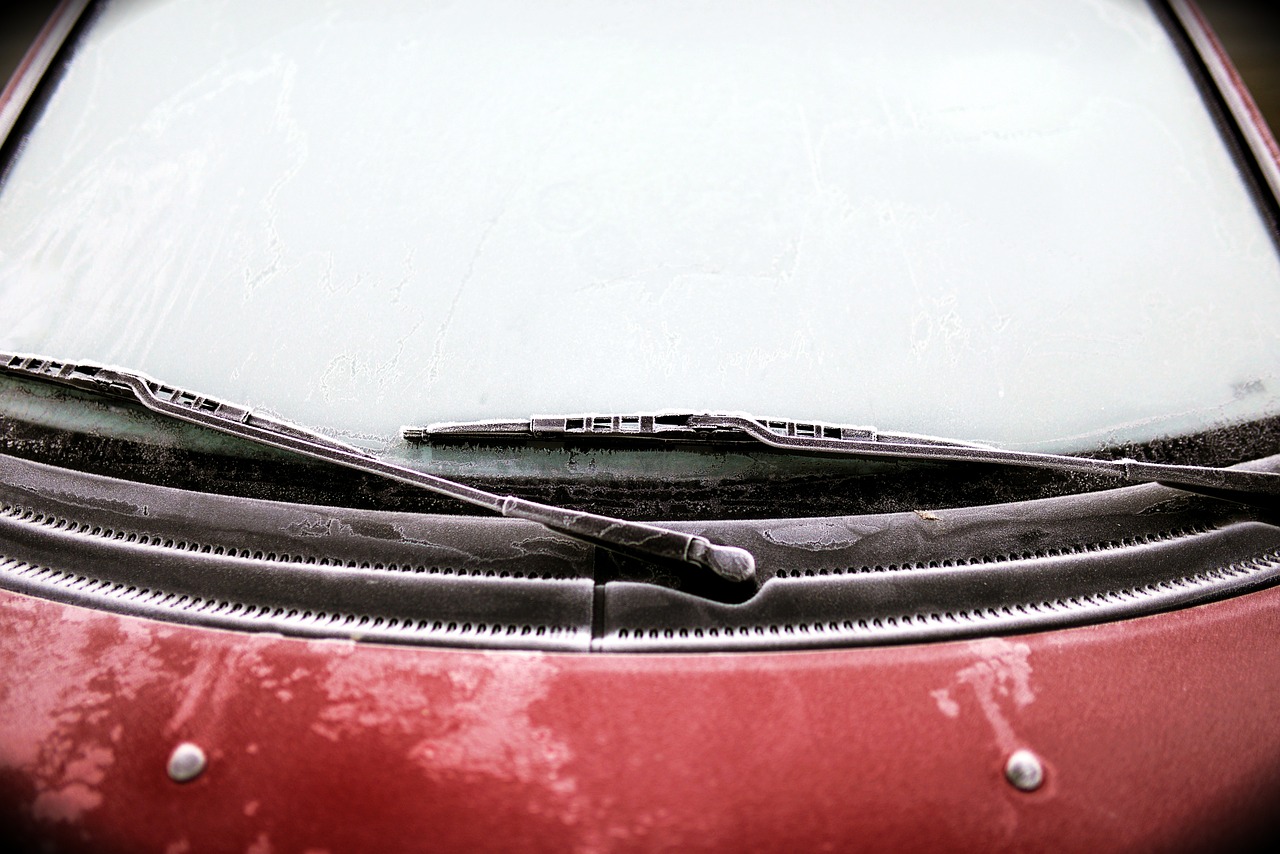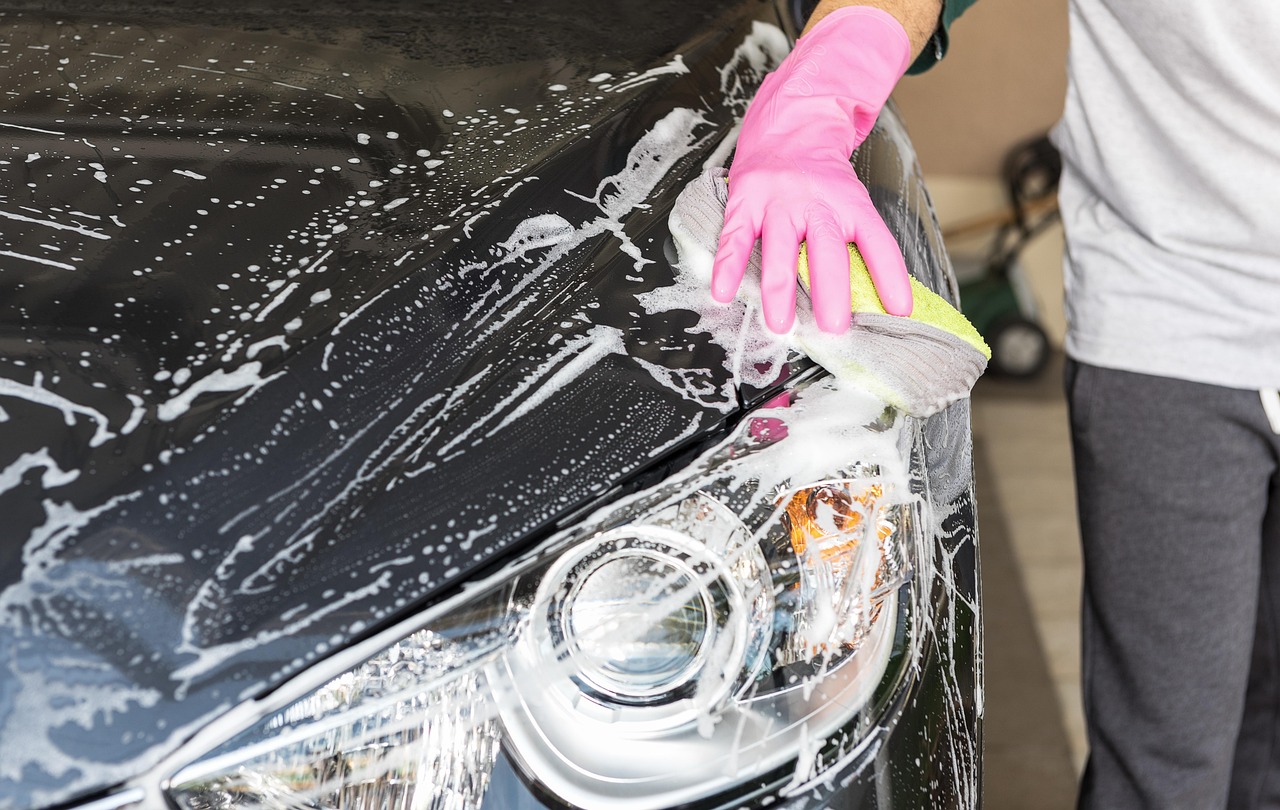This article provides effective solutions to eliminate the annoying squeaking noise of windshield wipers, enhancing your driving experience and ensuring clear visibility during inclement weather. Windshield wipers are essential for maintaining safety on the road, especially during rain or snow. However, when they start to squeak, it can be both distracting and concerning. Understanding the causes and solutions can help you address this issue promptly.
There are several factors that can lead to the irritating squeaking noise of windshield wipers:
- Dirty Wiper Blades: Accumulated dirt and debris on the blades can create friction against the windshield.
- Worn Out Blades: Over time, the rubber on wiper blades can degrade, leading to poor contact with the glass.
- Improper Wiper Arm Tension: If the wiper arms are too loose or too tight, they may not press the blades adequately against the windshield.
- Environmental Factors: Ice, snow, or even extreme heat can affect the performance of wipers.
There are multiple practical methods to resolve the squeaking issue:
Regular maintenance of your wiper blades is crucial for preventing squeaks. Here’s how to clean them:
1. Lift the wipers away from the windshield.2. Mix equal parts of water and vinegar in a spray bottle.3. Spray the solution onto a soft cloth and wipe the rubber edges of the blades.4. Ensure all grime is removed before lowering the wipers back.
If cleaning doesn’t resolve the squeaking, checking the blades for wear is essential. Look for cracks or signs of deterioration. If the blades appear damaged, replacing them is necessary. New blades not only operate quietly but also improve visibility.
Sometimes, the squeaking may stem from improper tension in the wiper arms. To adjust:
- Check if the arms are too loose or too tight.
- Adjust the tension by gently bending the arm or using a wrench to tighten the mounting nut.
In addition to the wipers themselves, several external factors can contribute to squeaking noises:
Extreme weather, such as ice or snow buildup, can cause wipers to squeak. Always clear your windshield of any obstructions before using the wipers. This not only prevents noise but also protects the wipers from damage.
A damaged or dirty windshield can also lead to wiper noise. Regularly inspect your windshield for chips or scratches that might affect wiper performance. Cleaning the windshield with a suitable glass cleaner can help maintain clarity and reduce noise.
By understanding the causes and applying these effective solutions, you can significantly reduce or eliminate the squeaking noise of your windshield wipers. Regular maintenance and timely replacements will ensure a smooth and quiet operation, enhancing your overall driving experience.
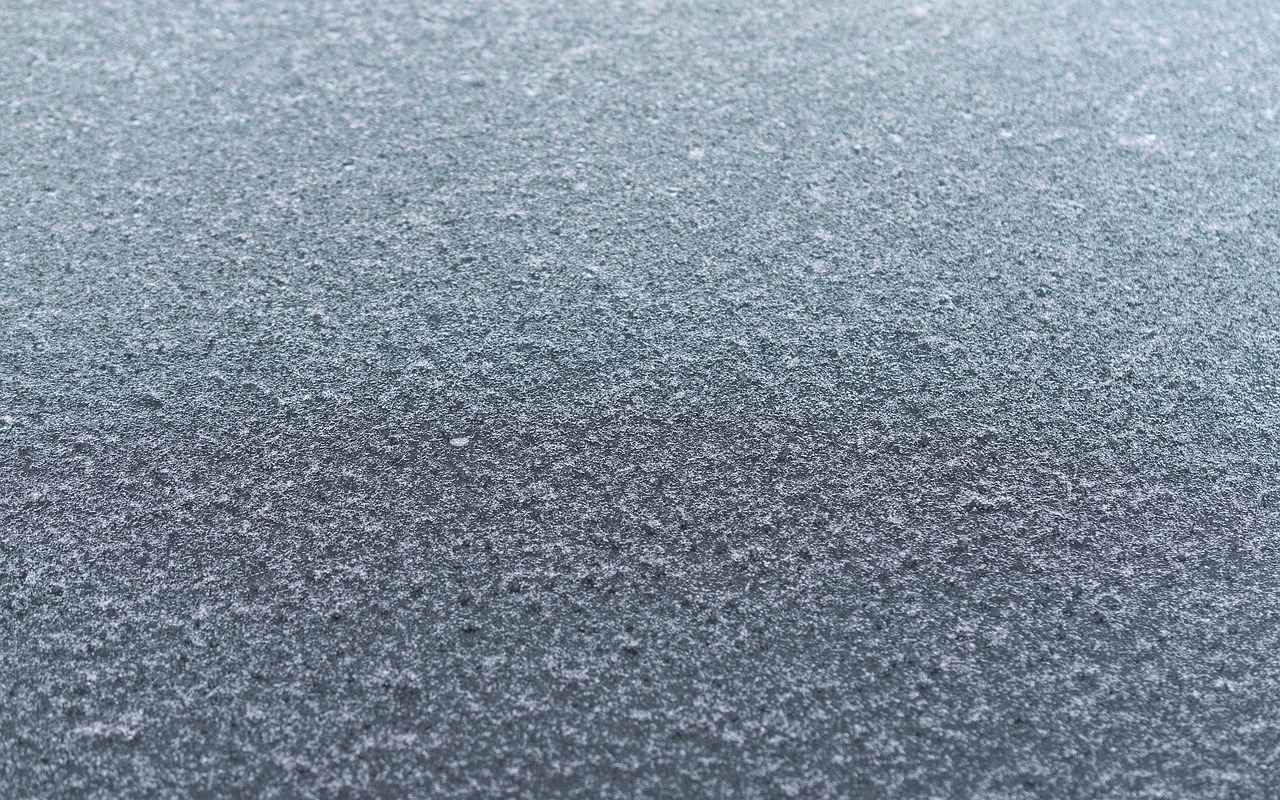
What Causes Windshield Wipers to Squeak?
Understanding the common reasons behind windshield wiper squeaking can significantly enhance your ability to identify the issue and implement the appropriate fix effectively. Windshield wipers are essential for maintaining visibility during rain or snow, and when they start to squeak, it can be both distracting and concerning.
There are several factors that can contribute to the annoying squeaking noise of windshield wipers. By recognizing these causes, you can take the necessary steps to resolve the issue.
- Worn Wiper Blades: Over time, wiper blades can degrade due to exposure to the elements. The rubber can become cracked or hardened, leading to ineffective contact with the windshield.
- Dirty Windshield: A buildup of dirt, grime, or even ice can hinder the smooth operation of wipers. This debris can create friction, causing the blades to squeak as they move across the surface.
- Improper Installation: If wiper blades are not installed correctly, they may not sit flush against the windshield. This misalignment can lead to uneven pressure and squeaking noises.
- Environmental Factors: Extreme weather conditions, such as ice or heavy snow, can impact the performance of wipers. Additionally, high temperatures can cause the rubber to wear out faster.
- Windshield Condition: Scratches, chips, or other damage to the windshield can create obstacles that prevent the wipers from functioning smoothly.
Diagnosing the cause of squeaky wipers involves a few simple steps:
- Visual Inspection: Examine the wiper blades for any visible signs of wear. Look for cracks, tears, or hardened rubber.
- Check the Windshield: Ensure that your windshield is clean and free of debris. A thorough cleaning can often resolve the issue.
- Test the Wipers: Operate the wipers at different speeds. If the squeaking persists, it may indicate a deeper issue.
Once you’ve identified the potential causes, you can apply the following solutions:
- Clean the Wiper Blades: Use a soft cloth and a mixture of water and vinegar to clean the rubber edges. This removes any dirt and helps restore flexibility.
- Replace Wiper Blades: If cleaning does not help, consider replacing the wiper blades. New blades can significantly improve performance and reduce noise.
- Adjust Wiper Arm Tension: If the arms are too loose or too tight, adjust the tension to ensure proper contact with the windshield.
By understanding these common causes and implementing effective solutions, you can eliminate the frustrating squeaking noise of your windshield wipers. Regular maintenance and timely replacements are key to ensuring clear visibility and a more enjoyable driving experience.

How Can You Fix Squeaky Windshield Wipers?
When it comes to maintaining your vehicle, one of the most irritating issues can be the squeaking noise of windshield wipers. This sound not only disrupts your driving experience but can also indicate underlying problems that need addressing. Fortunately, there are several practical methods to resolve the squeaking issue, ranging from simple cleaning techniques to more involved repairs.
Understanding the common reasons behind windshield wiper squeaking can help you identify the problem and apply the right fix effectively. Some of the leading causes include:
- Dirty Wiper Blades: Accumulated dirt and debris can create friction, leading to noise.
- Worn Blades: Over time, wiper blades can wear down, losing their effectiveness.
- Improper Installation: If wiper blades are not installed correctly, they may not make proper contact with the windshield.
- Windshield Condition: A damaged or dirty windshield can exacerbate the noise issue.
There are several practical methods to resolve the squeaking issue, ranging from simple cleaning techniques to more involved repairs. Here are some effective solutions:
Regular maintenance of wiper blades is crucial for preventing squeaks. Cleaning them can significantly improve their performance. Here’s how:
Steps to Clean Wiper Blades:1. Lift the wipers away from the windshield.2. Use a soft cloth soaked in a mixture of water and vinegar to gently wipe the rubber edges.3. Ensure all grime is removed, paying attention to the area that contacts the windshield.
If cleaning doesn’t resolve the squeaking, inspect the blades for any signs of wear and tear. If the rubber is cracked or hardened, it may be time to replace them. New wiper blades can restore quiet operation and improve visibility.
Sometimes, squeaking occurs due to improper tension in the wiper arms. Adjusting the tension can help the blades make better contact with the windshield. Here’s how to do it:
- Check the wiper arm for any looseness.
- Use a wrench to tighten the arm if necessary.
Another effective solution is to lubricate the pivot points of the wipers. This can reduce friction and noise. Use a silicone-based lubricant for best results, and apply it sparingly to avoid attracting dirt.
Beyond the wipers themselves, various external factors can contribute to squeaking noises during operation:
Extreme weather conditions, such as ice or snow buildup, can cause wipers to squeak. It’s important to clear the windshield of any obstructions before using wipers to avoid damage and noise.
A damaged or dirty windshield can also lead to wiper noise. Regularly inspect your windshield for chips or scratches that might affect wiper performance. Keeping your windshield clean will ensure that the wipers can glide smoothly without interruption.
By following these steps, you can effectively address the squeaking of your windshield wipers, ensuring a more pleasant driving experience and clear visibility during inclement weather.
Cleaning the Wiper Blades
Keeping your windshield wiper blades in top condition is essential for maintaining clear visibility while driving, especially during adverse weather conditions. One of the most effective ways to prevent annoying squeaks from your wiper blades is through regular cleaning and maintenance.
Over time, wiper blades accumulate dirt, grime, and debris that can hinder their performance. This buildup can lead to squeaking noises, reduced visibility, and even premature wear of the blades. Regular cleaning not only enhances their effectiveness but also prolongs their lifespan.
Cleaning your wiper blades is a straightforward process that can be done in just a few minutes. Here’s a simple method:
- Gather Your Supplies: You will need a soft cloth, a bowl of water, and a small amount of vinegar.
- Lift the Wiper Blades: Gently lift the wiper arms away from the windshield to access the blades easily.
- Prepare the Cleaning Solution: Mix equal parts of water and vinegar in a bowl.
- Wipe the Blades: Dip the cloth into the solution and wipe the rubber edges of the wiper blades. Ensure that you remove all dirt and debris.
- Dry the Blades: Use a dry part of the cloth to wipe away any excess moisture from the blades.
It is recommended to clean your wiper blades at least once a month. However, you should also clean them whenever you notice a decrease in their performance or if they start to make noise. Regular maintenance will help ensure that your wipers function optimally, providing you with a clear view of the road ahead.
If squeaking persists after cleaning, it may be time to inspect the wiper blades for wear and tear. Look for signs of damage, such as cracks or fraying edges. If the blades are worn out, replacing them is crucial for maintaining effective performance.
- Check the Windshield: Ensure that your windshield is clean and free of any obstructions that could contribute to squeaking.
- Adjust Wiper Arm Tension: If the wiper arms are too loose or too tight, they may not make proper contact with the windshield, leading to noise.
- Store Your Vehicle Properly: Whenever possible, park your vehicle in a garage or shaded area to protect the wiper blades from extreme weather conditions.
By following these simple cleaning and maintenance tips, you can effectively reduce or eliminate the squeaking of your windshield wipers. Regular attention to your wiper blades will not only enhance your driving experience but also ensure your safety on the road.
Steps to Clean Wiper Blades
Maintaining your vehicle’s windshield wiper blades is essential for ensuring clear visibility during rain or snow. One of the most effective ways to prevent squeaking and improve performance is through regular cleaning. Below are detailed steps to properly clean your wiper blades and keep them in optimal condition.
- Lift the Wiper Blades: Begin by gently lifting the wiper blades away from the windshield. This will allow you to access the rubber edges without obstruction.
- Prepare a Cleaning Solution: Create a simple cleaning solution by mixing equal parts of water and white vinegar in a spray bottle. This mixture is effective in breaking down grime and debris.
- Apply the Solution: Spray the cleaning solution onto a soft cloth or directly onto the rubber edges of the wiper blades. Be cautious not to oversaturate, as excess liquid can drip onto the windshield.
- Wipe the Rubber Edges: Using the damp cloth, gently wipe the rubber edges of the wiper blades. Make sure to remove any accumulated dirt, grime, or debris that may have built up over time. Pay close attention to the ends of the blades where dirt tends to accumulate.
- Check for Damage: While cleaning, inspect the wiper blades for any signs of wear and tear, such as cracks or fraying. If you notice any damage, it may be time to consider replacing the blades.
- Test the Wipers: After cleaning, lower the wipers back onto the windshield and test them by activating the wiper function. Listen for any squeaking sounds and observe their performance. If they are still noisy, further investigation may be needed.
It’s advisable to clean your wiper blades at least once a month or whenever you notice a decrease in performance. Regular maintenance not only enhances their efficiency but also extends their lifespan. Additionally, consider cleaning them after particularly heavy rain or snow, as these conditions can lead to increased buildup of dirt and debris.
Regularly cleaning your wiper blades is crucial for several reasons:
- Improved Visibility: Clean wiper blades ensure a clear view of the road, especially during inclement weather.
- Reduced Noise: Dirt and debris can cause squeaking, which can be distracting and annoying while driving.
- Prolonged Blade Life: Keeping blades clean helps prevent premature wear and tear, saving you money in the long run.
By following these steps and maintaining a regular cleaning schedule, you can keep your windshield wipers in excellent condition, ensuring a safer driving experience. Remember, a little maintenance goes a long way in enhancing the performance of your vehicle’s wiper system.
Frequency of Cleaning
Maintaining your vehicle’s windshield wipers is essential for ensuring a clear view while driving, especially during adverse weather conditions. One of the key aspects of this maintenance is the your wiper blades. This not only enhances their performance but also prolongs their lifespan.
Windshield wipers are your first line of defense against rain, snow, and other elements that obstruct your vision. Over time, debris, dirt, and grime can accumulate on the wiper blades, leading to decreased effectiveness and even irritating squeaking noises. Regular cleaning helps to:
- Maintain Optimal Performance: Clean blades ensure a clear wipe across the windshield, improving visibility.
- Prolong Blade Lifespan: Removing contaminants reduces wear and tear, extending the life of the wipers.
- Enhance Safety: Clear visibility is crucial for safe driving, especially in rain or snow.
Experts recommend cleaning your wiper blades at least once a month. However, certain conditions may require more frequent attention:
- After Heavy Rain or Snow: If you’ve recently driven in adverse weather, check your blades for residue.
- During Seasonal Changes: Pollen in spring and road salt in winter can accumulate quickly.
- When You Notice Poor Performance: If your wipers leave streaks or squeak, it’s time for a clean.
Cleaning your wiper blades is a simple process that can be done at home. Here’s how:
1. Lift the wiper arms away from the windshield.2. Mix equal parts of water and vinegar in a spray bottle.3. Spray the solution on a soft cloth or directly onto the wiper blades.4. Wipe the rubber edges gently to remove dirt and debris.5. Wipe the blades dry with a clean cloth.
This method not only cleans the blades but also helps to condition the rubber, preventing it from drying out and cracking.
While regular cleaning can resolve many issues, there are times when you may need to consider replacing your wiper blades:
- Visible Cracks or Tears: If the rubber is damaged, cleaning won’t help.
- Streaking: If cleaning doesn’t eliminate streaks, it may be time for new blades.
- Excessive Noise: If the wipers are still squeaking after cleaning, they may not be making proper contact.
In summary, regularly cleaning your windshield wiper blades is vital for maintaining their functionality and ensuring your safety on the road. By adhering to a monthly cleaning schedule and being attentive to the condition of your blades, you can enjoy a clearer view and a more pleasant driving experience.
Inspecting and Replacing Wiper Blades
When it comes to maintaining your vehicle, the condition of your wiper blades is crucial for safe driving, especially during rain or snow. One common issue that many drivers face is the annoying squeaking of windshield wipers. If you’ve already attempted to clean your wiper blades and the noise persists, it’s time to take a closer look at the blades themselves.
Over time, wiper blades can experience wear and tear due to various factors, including exposure to harsh weather conditions, UV rays, and general usage. Regular inspection is essential to ensure that your wipers are functioning properly and providing optimal visibility.
- Cracks or Tears: Look for any visible damage on the rubber part of the blades.
- Uneven Wear: Check if the blades are wearing down unevenly, which can cause them to squeak.
- Streaking: If your wipers leave streaks on the windshield, it may indicate that they need replacement.
- Noisy Operation: Persistent squeaking is a clear sign that the blades may be worn out.
To effectively inspect your wiper blades, follow these steps:
- Lift the Wiper Arms: Gently lift the wiper arms away from the windshield.
- Examine the Rubber Blades: Check for any signs of damage, such as cracks or tears.
- Test the Flexibility: The rubber should be firm yet flexible. If it feels brittle, it’s time for a replacement.
- Check the Attachment: Ensure that the blades are securely attached to the wiper arms.
If your inspection reveals significant wear, replacing the wiper blades is necessary to restore quiet operation and effective performance. Here are some guidelines to determine when to replace them:
- Every 6-12 Months: It’s generally recommended to replace wiper blades at least once a year.
- After Severe Weather: If you’ve used your wipers extensively during a storm, consider checking them afterward.
- Visible Damage: If you notice any cracks, tears, or other visible damage, replace the blades immediately.
When selecting new wiper blades, consider the following:
- Size: Always check your vehicle’s manual for the correct size.
- Type: There are various types of wiper blades, including conventional, beam, and hybrid. Choose one that suits your needs.
- Brand Quality: Opt for reputable brands known for durability and performance.
In summary, if cleaning your wiper blades doesn’t eliminate the squeaking, a thorough inspection for wear and tear is essential. Replacing worn-out blades not only restores quiet operation but also ensures your safety on the road. Regular maintenance and timely replacements will enhance your driving experience and keep your visibility clear during inclement weather.
Adjusting Wiper Arm Tension
Maintaining a clear view while driving is essential for safety, especially during adverse weather conditions. One common issue that drivers face is the annoying squeaking sound of windshield wipers. This noise can be distracting and may indicate a problem that needs attention. One of the primary causes of wiper squeaking is improper tension in the wiper arms. In this section, we will delve into how adjusting the wiper arm tension can improve wiper performance and eliminate that bothersome noise.
The tension of the wiper arms plays a crucial role in ensuring that the wiper blades maintain optimal contact with the windshield. When the tension is too loose, the blades may not press firmly against the glass, leading to ineffective wiping and potential squeaking. Conversely, if the tension is too tight, it can cause premature wear on both the blades and the wiper mechanism. Adjusting the tension to the manufacturer’s specifications is vital for optimal performance.
Adjusting the wiper arm tension is a straightforward process that you can do at home. Follow these steps to ensure your wipers operate smoothly:
- Gather Your Tools: You will need a flat-head screwdriver and possibly a socket wrench, depending on your vehicle’s design.
- Lift the Wiper Arms: Gently lift the wiper arms away from the windshield to access the mounting hardware.
- Loosen the Mounting Bolts: Use the screwdriver or socket wrench to loosen the bolts that secure the wiper arms to the motor shaft. Be careful not to remove them completely.
- Adjust the Position: Carefully reposition the wiper arms to achieve the desired tension. Ensure they are aligned properly for even contact across the blade.
- Tighten the Bolts: Once adjusted, securely tighten the bolts back in place to hold the wiper arms in their new position.
Recognizing the signs of improper wiper arm tension can help you address the issue before it becomes a serious problem. Here are some indicators:
- Squeaking Noises: If you hear squeaking while the wipers are in use, it may indicate that the blades are not making proper contact.
- Streaks on Windshield: Streaking can occur if the blades are not pressing evenly against the glass.
- Wipers Skipping: If the wipers skip across the windshield instead of moving smoothly, it may be time to check the tension.
In addition to adjusting wiper arm tension, consider the following tips to maintain optimal wiper performance:
- Regular Cleaning: Keep your wiper blades clean by wiping them with a soft cloth and a mild cleaning solution.
- Inspect for Damage: Regularly check your wiper blades for signs of wear, such as cracks or tears, and replace them as necessary.
- Monitor Weather Conditions: Be mindful of extreme weather conditions that can affect wiper performance, such as ice or heavy rain.
By ensuring that your wiper arm tension is properly adjusted, you can significantly enhance the functionality of your windshield wipers, leading to a quieter and more effective driving experience. Regular maintenance and attention to detail will help keep your wipers in top condition, ensuring clear visibility on the road.

What Other Factors Contribute to Wiper Noise?
When it comes to windshield wipers, the annoying squeaking noise can be frustrating, especially during rain or snow. While the wipers themselves are often the primary focus of troubleshooting, it’s essential to recognize that various external factors can also contribute to this irritating sound. Understanding these factors can help you address the issue more effectively and ensure a smoother driving experience.
One of the most significant influences on wiper noise comes from environmental conditions. For instance, during winter, ice and snow can accumulate on the windshield, making it difficult for wipers to operate smoothly. Before activating your wipers, always ensure that the windshield is free from any obstructions. This simple step can significantly reduce the risk of squeaking.
The condition of your windshield plays a crucial role in how well your wipers function. A damaged or dirty windshield can lead to increased friction between the wiper blades and the glass, resulting in unwanted noise. Regularly inspect your windshield for chips, cracks, or scratches that could hinder performance. Additionally, keeping your windshield clean not only improves visibility but also minimizes squeaking.
The material of your wiper blades can also impact their operation. High-quality blades made from silicone or rubber are designed to provide better performance and durability. If your wipers are made from inferior materials, they may not grip the windshield effectively, leading to a higher likelihood of squeaking. Investing in quality wiper blades can make a noticeable difference in performance.
Another often-overlooked factor is the windshield washer fluid. Using a low-quality or diluted washer fluid can leave residues on the glass, which may contribute to squeaking noises. Always opt for a high-quality washer fluid that is designed to clean your windshield effectively. This not only enhances visibility but also ensures that your wipers can glide smoothly across the glass.
Improper alignment of the wiper arms can also lead to squeaking. If the arms are not positioned correctly, the blades may not make adequate contact with the windshield, causing them to skip and squeak. Regularly check the alignment of your wiper arms and make adjustments as necessary to ensure optimal performance.
Seasonal changes can significantly affect the performance of windshield wipers. For example, during the fall, leaves and debris can accumulate on the windshield, leading to increased friction. In the spring, pollen and dust can create a similar problem. Regularly cleaning your windshield and wiper blades during these transitional periods can help maintain smooth operation.
By considering these external factors, you can take proactive steps to minimize squeaking noises from your windshield wipers. From environmental conditions to the quality of your wiper blades, each element plays a vital role in ensuring a quiet and efficient wiper operation. Regular maintenance and inspections will not only enhance your driving experience but also contribute to the longevity of your wiper system.
Environmental Conditions
can significantly impact the performance of your windshield wipers. Among the most common issues faced by drivers are the effects of extreme weather, which can lead to unwanted noises such as squeaking. Understanding these conditions is essential for maintaining optimal visibility and ensuring a smooth driving experience.
Extreme weather conditions, including ice, snow, and heavy rain, can create various challenges for windshield wipers. When ice or snow accumulates on the windshield, it can obstruct the wipers, causing them to struggle and produce a squeaking sound. This noise is often a result of the wipers being forced to move over a rough or uneven surface.
Before operating your windshield wipers, it is crucial to clear the windshield of any obstructions. Failing to do so can not only lead to annoying squeaking but can also reduce the effectiveness of the wipers. Here are some reasons why clearing your windshield is important:
- Improved Visibility: A clear windshield ensures better visibility, especially during adverse weather conditions.
- Reduced Wear and Tear: Removing ice and snow helps prevent unnecessary strain on the wiper blades, extending their lifespan.
- Enhanced Safety: Good visibility is critical for safe driving, reducing the risk of accidents.
To prepare your windshield for wiper use, follow these simple steps:
- Remove Ice and Snow: Use a scraper or a soft brush to gently remove any ice or snow buildup.
- Check for Debris: Inspect the windshield for any leaves, dirt, or other debris that may have accumulated.
- Use a De-icer: If ice is particularly stubborn, consider using a de-icing solution to make the job easier.
The condition of your windshield plays a critical role in wiper performance. A damaged or dirty windshield can lead to increased friction and noise during operation. Regularly inspecting your windshield for chips or scratches is essential. Here’s how you can maintain your windshield:
- Regular Cleaning: Clean your windshield regularly with a quality glass cleaner to remove dirt and grime.
- Inspect for Damage: Look for any cracks or chips that could affect wiper performance and address them promptly.
Aside from environmental conditions and windshield condition, several other factors can contribute to wiper noise:
- Wiper Blade Condition: Ensure that your wiper blades are in good condition. Worn or damaged blades can lead to squeaking.
- Wiper Arm Tension: Adjusting the tension of the wiper arms can improve their contact with the windshield, reducing noise.
By understanding the impact of environmental conditions and maintaining both your windshield and wipers, you can effectively minimize squeaking noises and ensure a safer driving experience.
Windshield Condition
plays a crucial role in the overall performance of your windshield wipers. A clear and undamaged windshield not only enhances visibility but also ensures that wipers function smoothly without any annoying noises. In this section, we will explore how various aspects of windshield condition can impact wiper performance and provide tips for maintaining a pristine windshield.
A windshield that is damaged or has scratches can create uneven surfaces that hinder the smooth movement of wiper blades. When wipers traverse these imperfections, they may skip or drag, resulting in a squeaking sound. This noise can be distracting and indicates that the wipers are not making proper contact with the glass.
Regular inspections of your windshield are essential to ensure it remains in optimal condition. Here are some steps to follow:
- Visual Inspection: Look for any visible chips, cracks, or scratches. Pay special attention to areas where wipers make contact.
- Feel for Irregularities: Run your fingers along the surface to detect any rough patches or bumps.
- Check for Dirt and Grime: Ensure that the windshield is clean, as dirt can also lead to wiper noise.
If you discover chips or scratches during your inspection, it is important to address them promptly to prevent further issues:
- Repair Small Chips: Many small chips can be repaired using DIY kits available at auto parts stores. Follow the instructions carefully.
- Replace the Windshield: For larger cracks or extensive damage, consider replacing the entire windshield. This ensures safety and optimal wiper performance.
A clean windshield is essential for effective wiper operation. Here are some tips for maintaining a spotless surface:
- Regular Cleaning: Use a mixture of water and vinegar or a dedicated glass cleaner to wipe down your windshield regularly.
- Remove Debris: Before using your wipers, ensure that there is no snow, ice, or leaves on the windshield that could cause scratches.
- Use Soft Cloths: When cleaning, always use soft, lint-free cloths to avoid adding scratches to the glass.
Environmental factors can also impact your windshield’s condition. For instance:
- Extreme Temperatures: Rapid temperature changes can lead to thermal stress, potentially causing cracks.
- Ice and Snow: Accumulation of ice can scratch the glass when wipers are used without clearing the surface first.
- Sun Exposure: Prolonged exposure to sunlight can weaken the glass over time, making it more susceptible to damage.
By regularly inspecting your windshield and maintaining its cleanliness, you can significantly enhance the performance of your windshield wipers. Remember, a well-cared-for windshield not only contributes to a quieter driving experience but also ensures your safety on the road.
Frequently Asked Questions
- Why do my windshield wipers squeak?
Windshield wipers can squeak due to a buildup of dirt and debris on the blades, worn-out rubber, or improper tension in the wiper arms. It’s like trying to walk on a sandy beach with shoes full of rocks – it just doesn’t work smoothly!
- How often should I clean my wiper blades?
It’s best to clean your wiper blades every month or whenever you notice they’re not performing well. Think of it as giving your wipers a spa day to keep them in top shape!
- When should I replace my wiper blades?
If cleaning doesn’t fix the squeaking or if you see visible signs of wear, like cracks or tears, it’s time to replace them. Just like old shoes, worn-out wiper blades can’t do their job properly!
- Can weather conditions affect wiper performance?
Absolutely! Extreme weather, such as ice or heavy rain, can lead to squeaky wipers. Always clear your windshield of any obstructions before using your wipers, or you might end up with a concert of squeaks!
- What should I do if my windshield is damaged?
If your windshield has chips or scratches, it can affect wiper performance and lead to squeaking. Regular inspections and repairs can help keep your wipers happy and functioning smoothly!



